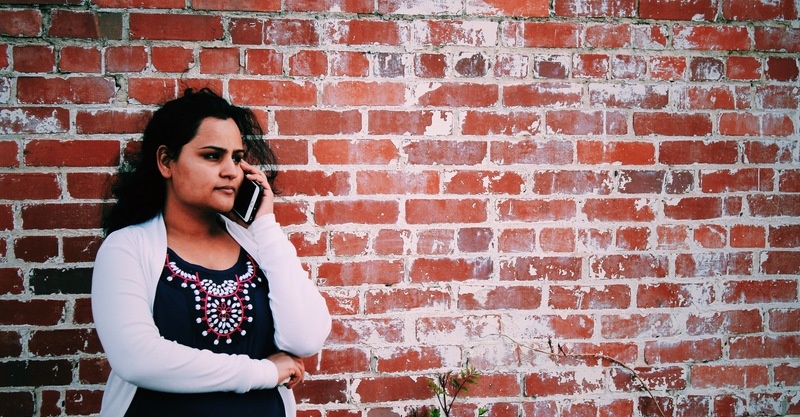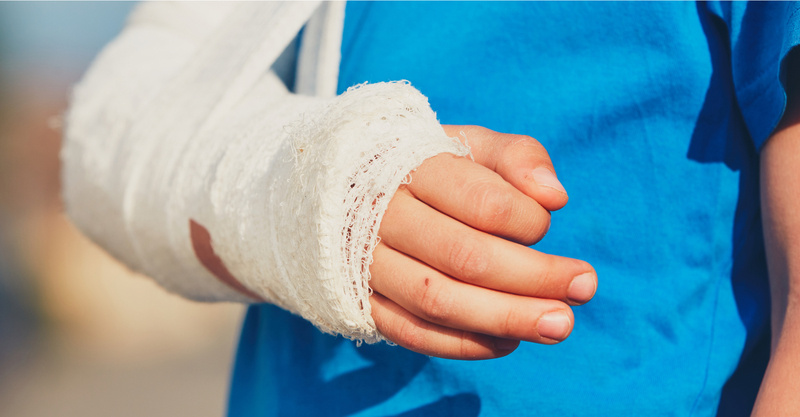Key Points
- The article debunks five Halloween candy myths, such as strychnine in Sunkist treats, heroin in Halloween candy, candy poisoning, needles in candy bars, and razor blades in apples.
- In the case of strychnine in Sunkist treats, the supposed strychnine was actually cornstarch. For the heroin in Halloween candy, it was a case of a family trying to protect a family member who was a heroin user.
- The candy poisoning myth was debunked when it was found that a child who died had suffered from a non-contagious Streptococcus bacteria, not from tainted candy.
- The only true cases were needles found in Snickers candy bars by one individual and a few instances of razor blades in apples, most of which were hoaxes.
- The article emphasizes the importance of examining your child's Halloween candy for safety and seeking medical attention if your child experiences any type of reaction after eating candy.
We've all heard the stories of heroin-laced Halloween candy and razor blades in apples but are these stories true? Here we explore five Halloween candy myths to sort out the facts from the myths.
1. Strychnine in Sunkist Treats
According to the Chicago Tribune, back in 1988 The New York Times reported traces of strychnine were discovered in a box of Sunkist Fun Fruits Dinosaurs. The treats were obtained from a grocery store in New Jersey but once tested by the FDA, the "strychnine" was actually cornstarch.
Unfortunately, Sunkist destroyed 9,400 cases of these fruit treats and declared their image to be tainted. If you see any types of powder or unknown substance on your child's candy, do not let them ingest the candy. If they do and tell you later, head to an urgent care center to be sure your child is okay.
2. Heroin in Halloween Candy
This is one of those myths that really grew into mass hysteria when in fact, it was an adult crime. In 1970 a five-year old went into a coma and died of a heroin overdose. Officials in Detroit had the candy analyzed but found out the real story.
Apparently, the five-year-old found his uncle's heroin stash and to prevent the uncle from doing jail time, the family sprinkled the heroin on the child's candy to protect the uncle. Most parents are responsible and loving, unlike these parents, so if you suspect your child has ingested any illegal drug, head to a pediatric urgent care center to get immediate treatment to avoid overdoses.
3. Candy Poisoning
Another myth behind Halloween candy comes from Vancouver. The Chicago Tribune also debunked this myth. Apparently a four-year-old became sick and died just one day after eating her trick or treat candy. In fear of tainted candy, law enforcement urged parents in Vancouver to get rid of all their children's candy and most did.
It was found later the child had suffered from a non-contagious Streptococcus bacteria. Streptococcus bacteria can be contagious and may present in the form of strep throat or impetigo. This Halloween scare was not actually a threat, but if your child complains of a bad sore throat or a rash develops at any time you should seek family care from a professional.
4. Needles Found in Candy Bar
With the myths out there about Halloween candy, there are also some facts. One is the case of James J. Smith of Minneapolis who inserted needles into Snickers candy bars and subsequently gave them out as treats. Although no child required medical attention one child did receive a small prick while eating the needle-laced candy.
James J. Smith was arrested and charged with "one count of adulterating a substance with intent to cause death, harm or illness," said The Chicago Tribune. One way to avoid scares like these is to check all of your child's candy before giving the okay to eat it.
5. Razor Blades in Apples
If you're a baby boomer, you probably heard the story about villains putting razor blades in apples and then giving handing them out at Halloween. This scare was first reported in the mid-1960s. Subsequently in 1968, author Jack Santino published a book "Halloween and Other Festivals of Death and Life" where he penned that a New Jersey law was passed that mandated "prison terms for people who booby-trapped apples." The year the book was published only 13 apples were found with razor blades inside and almost all other cases were discovered to be hoaxes.
Halloween is fun time for the entire family. It's easy to make sure your child's candy is safe by examination and to rid of any candy you're unsure about. Above all, if your child experiences any type of reaction after eating candy, seek an urgent care center.
Frequently asked questions
Is it true that strychnine was found in Sunkist Fun Fruits Dinosaurs?
No, it's not true. The substance that was initially thought to be strychnine turned out to be cornstarch upon testing by the FDA.Is there a real case of heroin being found in Halloween candy?
No, the case reported in 1970 was actually a family covering up for a relative's heroin stash that a child accidentally consumed. The heroin was not originally in the Halloween candy.Was there a case of Halloween candy poisoning in Vancouver?
No, a child did become sick and die after Halloween, but it was later found that the cause was a non-contagious Streptococcus bacteria, not tainted candy.Have there been instances of needles found in candy bars?
Yes, there was a case in Minneapolis where a man inserted needles into Snickers candy bars and gave them out as treats. However, no child required medical attention as a result.Is the myth about razor blades in apples true?
This scare was first reported in the mid-1960s, but almost all cases were discovered to be hoaxes. In the year 1968, only 13 apples were found with razor blades inside.What should parents do if they find an unknown substance on their child's candy?
Do not let the child ingest the candy. If the child has already consumed it, it's advisable to head to an urgent care center to ensure the child's safety.What should parents do if they suspect their child has ingested an illegal drug?
They should immediately take the child to a pediatric urgent care center to get immediate treatment and avoid overdoses.What can parents do to avoid scares related to Halloween candies?
Parents can check all of their child's candy before giving the okay to eat it. Any candy that they are unsure about should be discarded.


 Twitter
Twitter LinkedIn
LinkedIn










